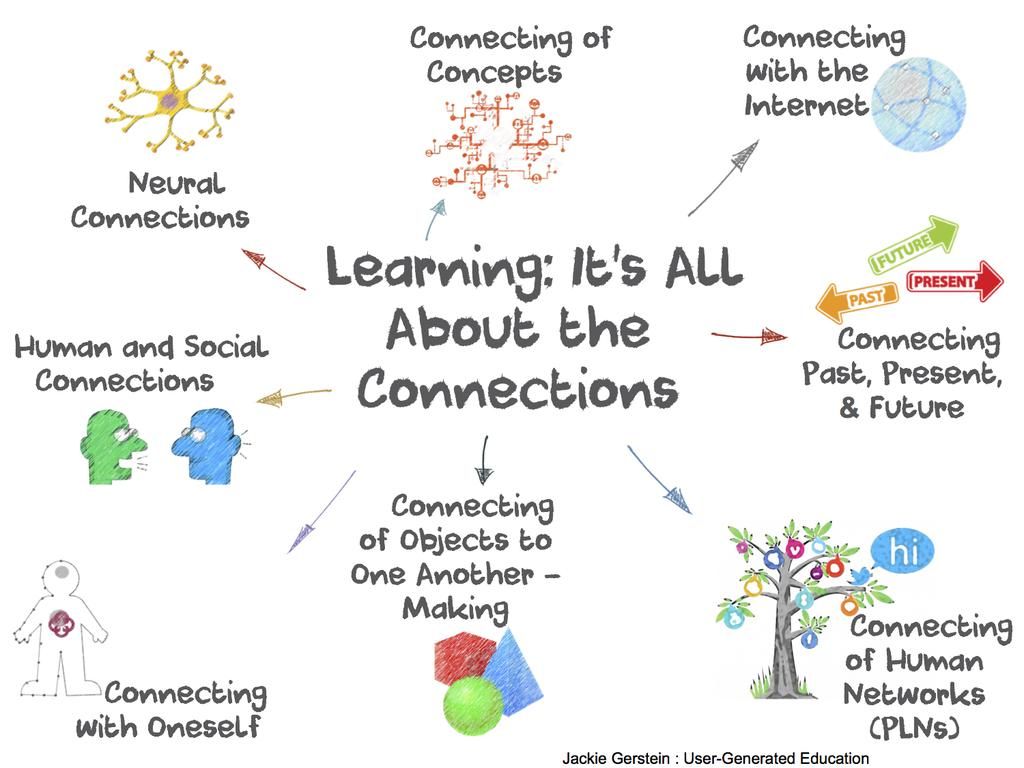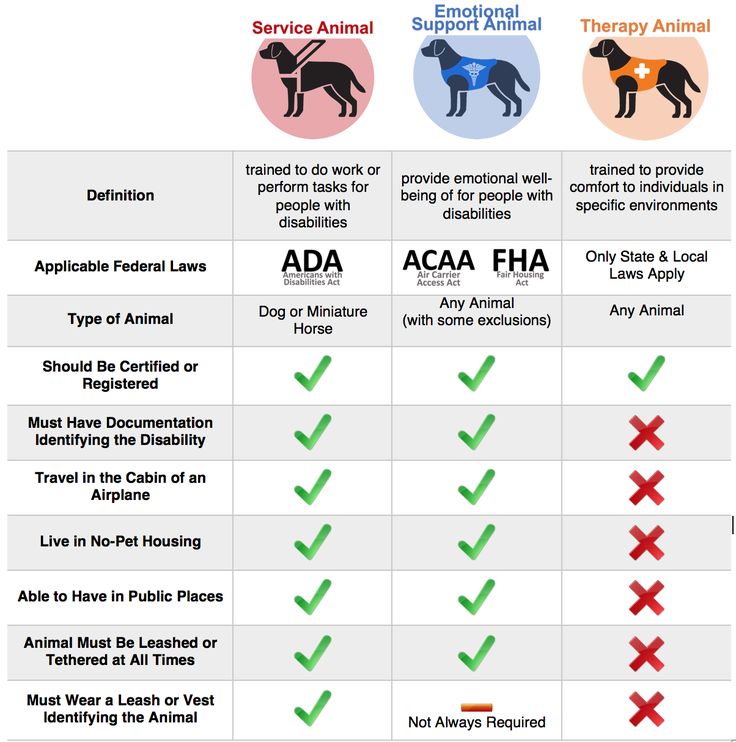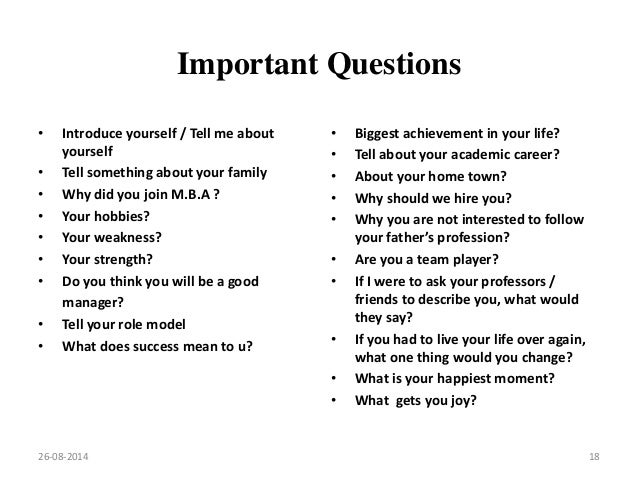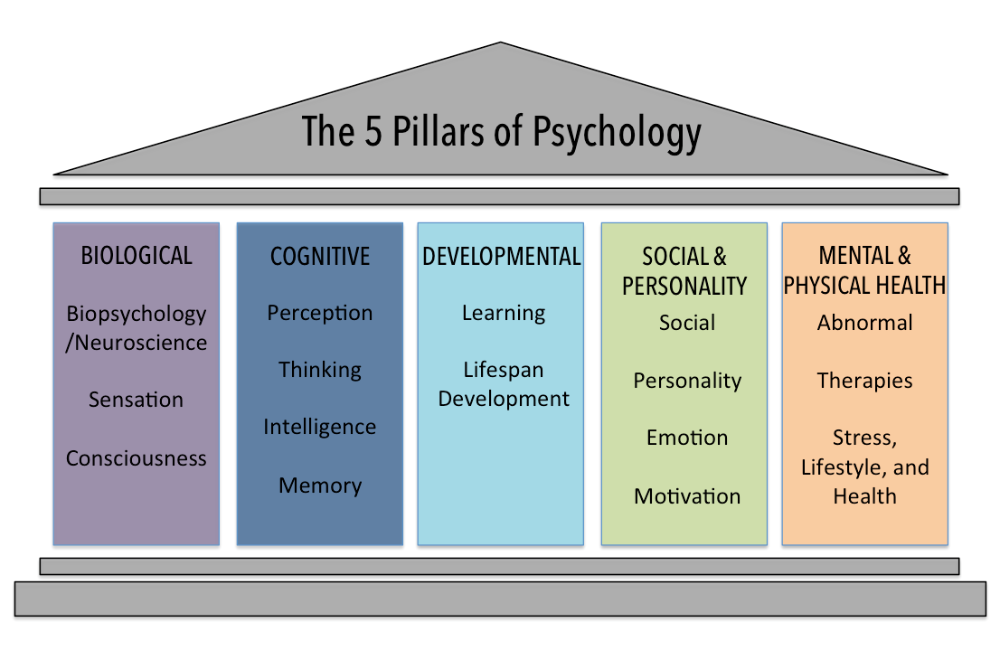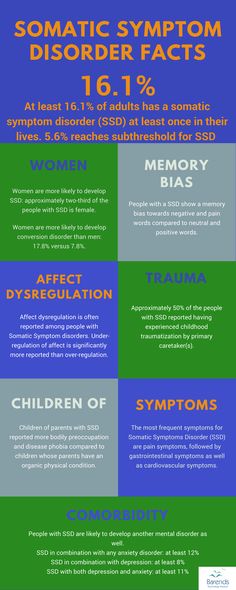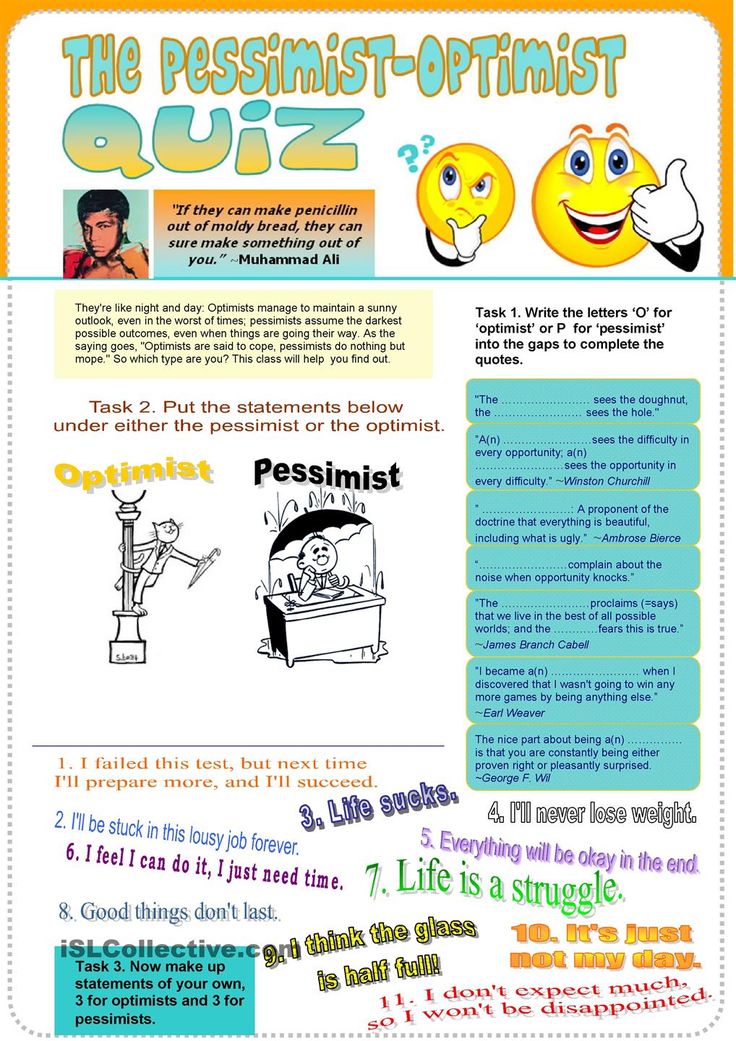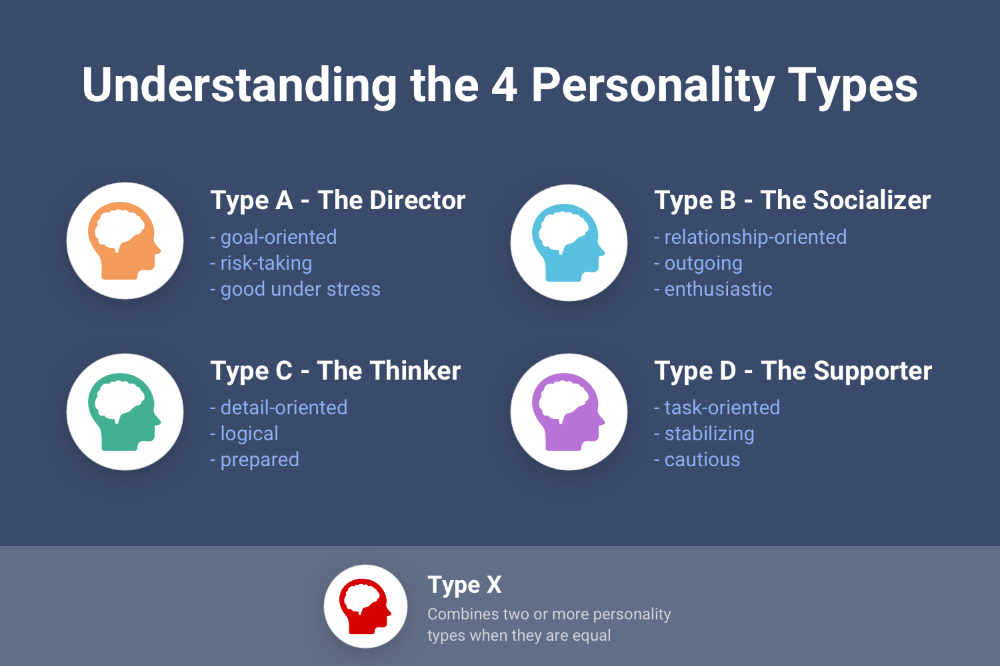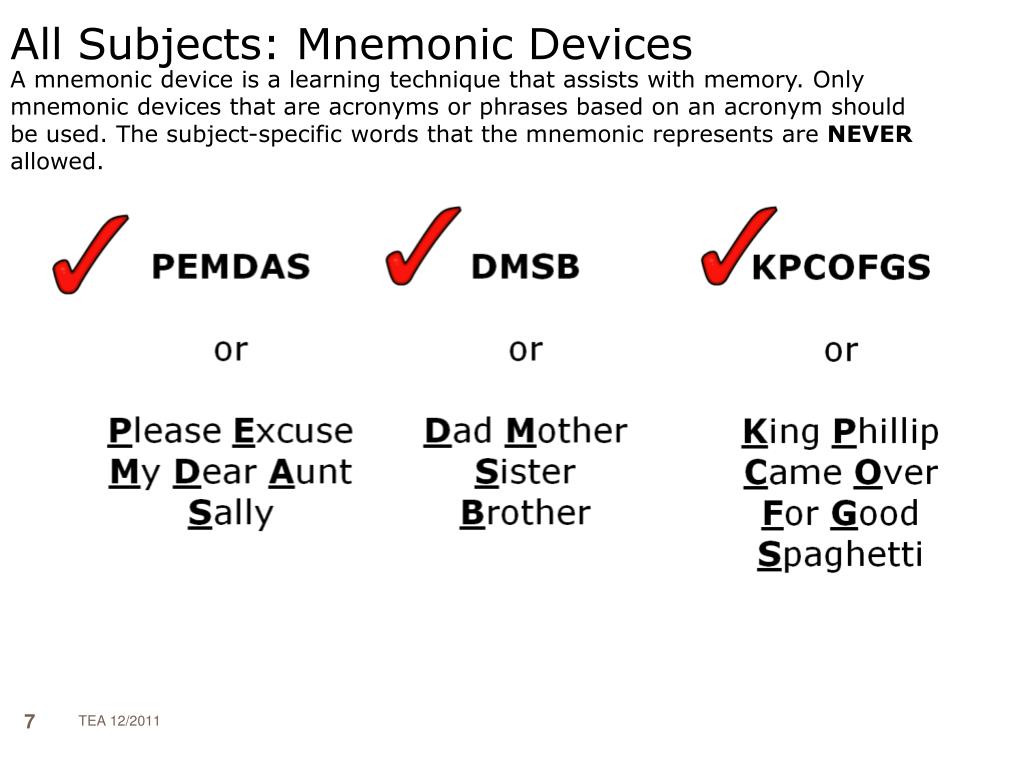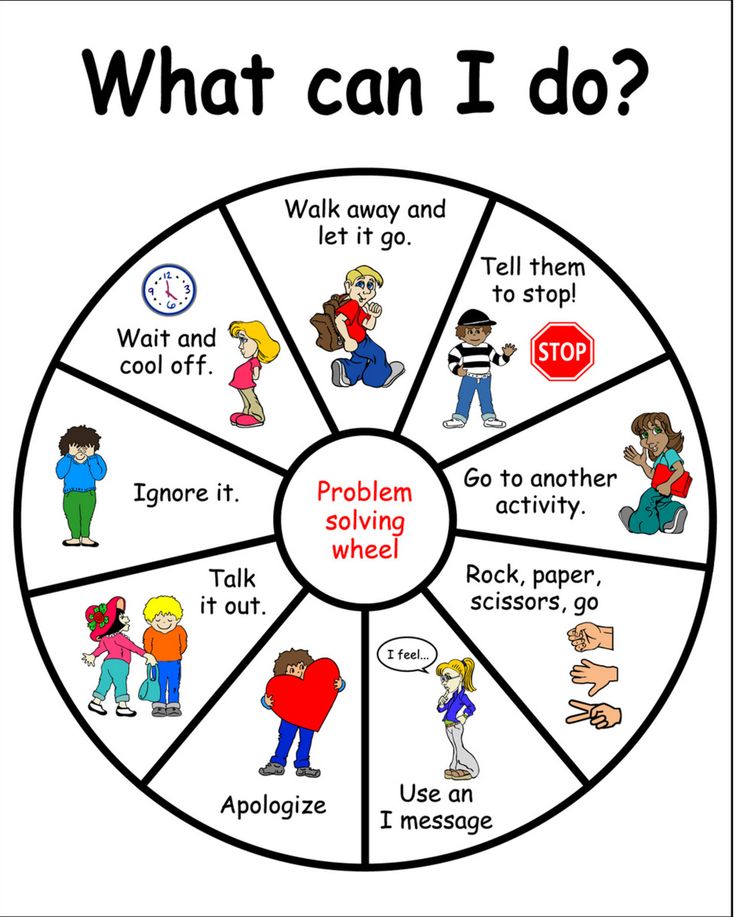Connecting to yourself
6 Ways To Connect With Yourself Everyday (And Why You Need To) — Mud Coaching
To know yourself is to love yourself, and to love yourself is everything.
There’s no relationship more important than the one you have with yourself. Why? Because how connected you are to yourself will determine how truly right for you every big and small decision you ever make will be. The further away you are from yourself, the further away your life will be from the one you were born to live. You knowing you means you knowing what to do, where to go, and who to be with.
"Who looks outside, dreams; who looks inside, awakes." —Carl Gustav Jung
What does it mean to be connected to yourself?
To be connected to yourself means to be attentive and attuned to what is going on inside of you, and to know who you are.
At the macro level, this means understanding your own make-up, being aware of the various dimensions that make up your being. Most people’s view of themselves is far too small and their inner focus too narrow. To be connected to yourself is to know there is an entire universe inside of you, and to be constantly discovering new aspects of that inner universe.
At the micro level, it requires attunement to the emotions, images, sensations, impulses, thoughts, and other responses and stimuli that arise from within. It’s knowing and understanding your own personality, being aware of your strengths and weaknesses, knowing what you need and what you desire as well as what scares you and what holds you back. It’s knowing what makes you you; what sets you apart.
"We are each gifted in a unique and important way. It is our privilege and our adventure to discover our own special light." —Mary Dunbar
Why is connecting with yourself important?
If you want to spend your life in a way that makes sense for you, if you want to live your own journey, then you need to be connected to yourself. By putting self-connection first, you will make the choices that keep you on your path, you’ll enjoy more confidence, feel more at peace, receive more insights, have better relationships, and, perhaps best of all, you’ll believe in and trust yourself.
How do you know if you are disconnected from yourself?
Some common signs that you are disconnected from yourself and that your relationship with yourself needs attention are chronic self-doubt, low self-confidence, a harsh inner-voice, negative self-image, a pattern of dysfunctional relationships, lack of purpose in life, constant anxiety (whether underlying or fervent), unhealthy lifestyle, and emotional instability.
In a world where we are encouraged to focus on the life we create ‘out there’ and to in turn neglect the world ‘in here’, many of us are left cut off from our inner worlds and from our deepest selves. The consequence is a continual sense of dissatisfaction and frustration, because even when we achieve and acquire, we are still left feeling empty and unfulfilled.
This challenges our sense of worthiness, as our self-worth is mistakenly hinged upon external achievement, validation, and recognition. But your self-worth isn’t contingent upon doing or having anything but a connection to yourself. Self-love is unconditional and comes with its own belief system, which is I AM WORTHY.
Self-love is unconditional and comes with its own belief system, which is I AM WORTHY.
To be connected to yourself allows you to go out into the world with the embodied awareness of your inherent self-worth. No energy is spent seeking external sources of inner worthiness. No energy is used up trying to earn your own love.
The truth is, how far in the right direction you go in the outer world is in direct proportion to how deeply connected you are in the inner world. Are you ready to go deep and discover what’s possible?
"You are very powerful, provided you know how powerful you are." —Yogi Bhajan
A relationship with yourself has to be chosen, so that is the very first step. Make a conscious choice (yes, right now!) to begin nurturing your relationship with yourself. Make a solid commitment to setting aside time each and every day for self-connection. Whether that means putting yourself on your calendar, setting an alarm, or writing ‘ME!’ on your to-do list, make the decision to spend time inwardly focused each day.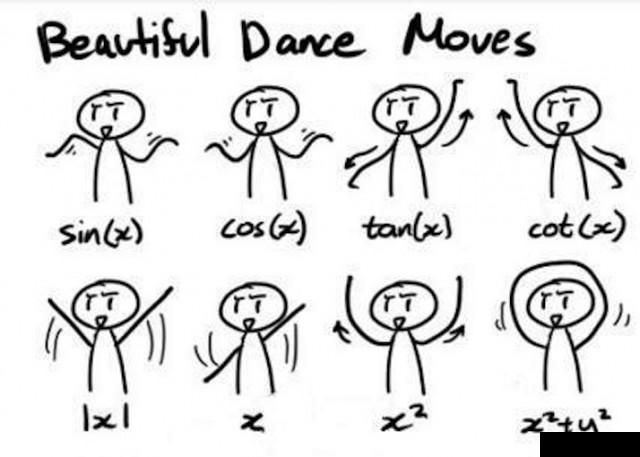
1. Begin Each Day by Checking in With Yourself
Get each day started optimally by spending a few moments noticing how your body is feeling, what emotions are present, what state of mind you are in, what your mood is like, how rested you feel, and then center yourself by practicing a grounding meditation or more simply by taking a few deep breaths.
I like to do this by sitting up in my bed with my spine straight, closing my eyes, and first checking in with myself this way:
In my body I am noticing (mentally scan from head to toe)…
Emotionally I am feeling…
My mind is…
I would describe my mood as…
My energy today seems to be...
From there I spend anywhere from 10-30 minutes in a silent or a guided meditation.
2. Pay Attention to Your Feelings—Especially Your Triggers
Welcome painful emotions as messages about unconscious false beliefs that hold you back. While you might tend to hide your messy feelings from others, you shouldn’t hide them from yourself.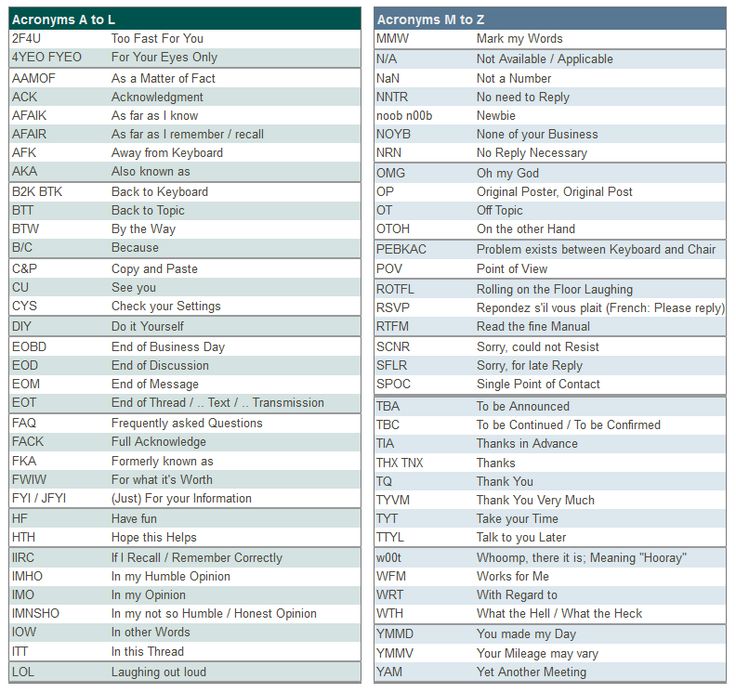 When you notice yourself becoming activated, recognize this as an opportunity to bring something about yourself out of the shadows and into the light.
When you notice yourself becoming activated, recognize this as an opportunity to bring something about yourself out of the shadows and into the light.
Perhaps someone corrected you in a business meeting and you felt embarrassed or offended. Rather than getting lost in the emotion or upset with yourself for feeling what you feel, turn toward yourself with a curious spirit and see if you can uncover what deeper fear or belief that feeling resulted from. Maybe deep down you believe that you are inadequate, and therefore anytime your mistakes are exposed, you are overcome by intense feelings like anger or frustration.
This would be an example of a false belief, and it is this type of belief that is the result of early life programming. Strong unpleasant feelings can be tracked to help you arrive at your deeply embedded false belief systems so that you can challenge them and replace them with a true understanding of yourself and who you are. Feelings are a starting point for reprogramming your subconscious mind with loving and compassionate beliefs.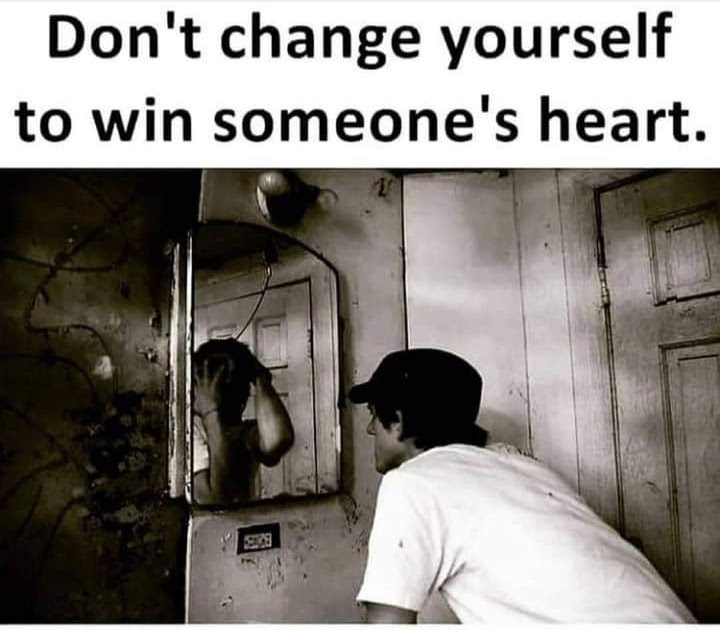
3. Follow Your Energy
Do you ever notice how sometimes when you set out to do something you are energized and enlivened by it, and another thing requires you to mobilize energy to get up and get after it? When what you are choosing is right for you, you will have the energy for it. You won’t have to push yourself or be pushed.
Connect with yourself by noticing what your energy is telling you. Notice what you are driven toward and enlivened by. What calls to you and lights you up, giving you that inner body “buzz”? What happens when you follow your natural curiosity?
Your energy system, like your emotional field, is an inner intelligence that can reveal all sorts of things to you about yourself and what direction to take in your life. Being attuned to your energy body is a way to internally evaluate whether you are on the right path and making choices that align with your deeper self.
4. Learn the Language of Your Body
“There is more wisdom in your body than in your deepest philosophy.
” -Nietzsche
Your body has a magnificent intelligence of its own and being able to understand what it says to you is critical for self-connection. Noticing ease or obstruction with movement, sleep, digestion, or relaxation is important for recognizing signals that something is off or that all is in order—whether physically, emotionally or spiritually.
Your body communicates in very obvious ways as well is in extremely subtle ways. Pay attention to what’s happening in your body in different situations. Practice checking in with your body and see if you can hear what it has to say. Try this the next time you are about to exercise and ask your body what it needs—is it calling for a high energy HIIT workout, a brisk walk around the neighborhood, or a gentle yin yoga class? The next time you meet someone new, check in with your body and see how it is responding to this person—are your arms folded and is your body tightening up, or do you notice that your body is totally relaxed and at ease around them.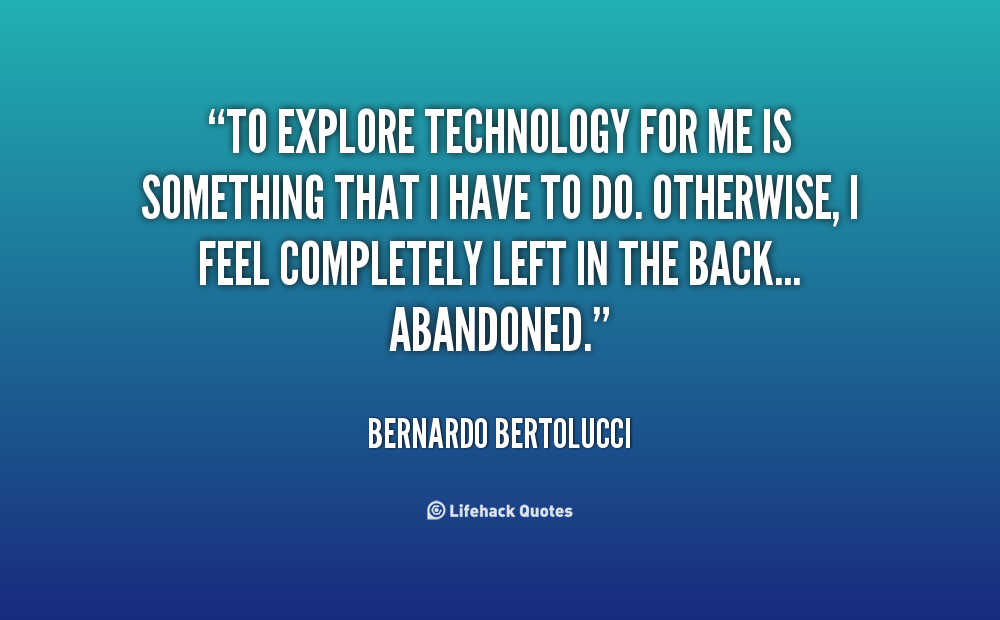
Make it a habit to deliberately tune in to the sensations you feel inside of your body as well to any changes to the outer surface of your body. Regularly check in to assess what your body is saying, to ask what it needs, and to give it the loving attention that it deserves.
5. Sit and Just Be
I know, I know— this seems like a total waste of time! But it’s anything but a waste. Sitting quietly with yourself for even just 5 minutes a day, no agenda, no goal, is a wonderful way to drop in and feel a few moments of deep connection with yourself. We spend so much time focusing externally or getting lost in our heads. Carving out time everyday to just sit and drop in below the neck, into your heart, body, and soul, and to feel the expansiveness that exists the deeper you settle into the vastness of your being, is what self-connection is all about.
This is where your truth resides. Here is where your inner wisdom can deliver its ideas and direction to you.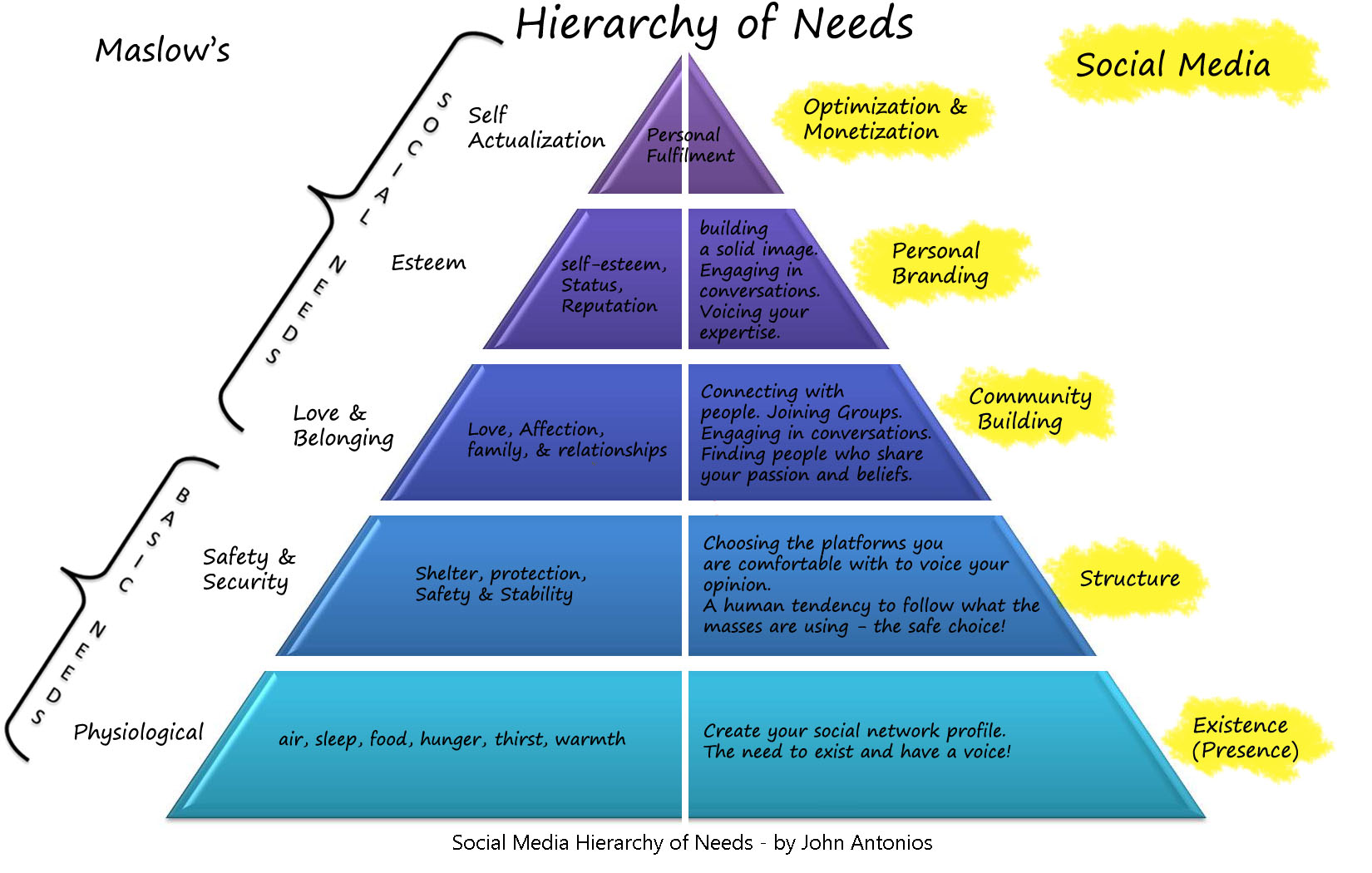 All you have to do is be still, be quiet, tune in, and listen. I know this is likely to bring up a lot of resistance since doing '“nothing” is a big no-no in our culture. Strive to break through this resistance. Finding a connection to yourself and maintaining it through daily practice is a freedom unlike any other, and it is also the portal through which you can boldly and courageously go after whatever it is you would like to experience in your life.
All you have to do is be still, be quiet, tune in, and listen. I know this is likely to bring up a lot of resistance since doing '“nothing” is a big no-no in our culture. Strive to break through this resistance. Finding a connection to yourself and maintaining it through daily practice is a freedom unlike any other, and it is also the portal through which you can boldly and courageously go after whatever it is you would like to experience in your life.
6. Write Down Your Dreams
It is through dreaming that we receive direct communications from our deeper Self. It is through the production of the images and stories that visit us every night that we send ourselves answers and offer ourselves insights, clarity, healing, course corrections, and every now again, foresights.
Even though dreams can seem totally random and nonsensical, I believe they are actually deliberate and full of meaning. The more interest you show in your dreams, the more easily you will remember them, and the more revelatory they will become.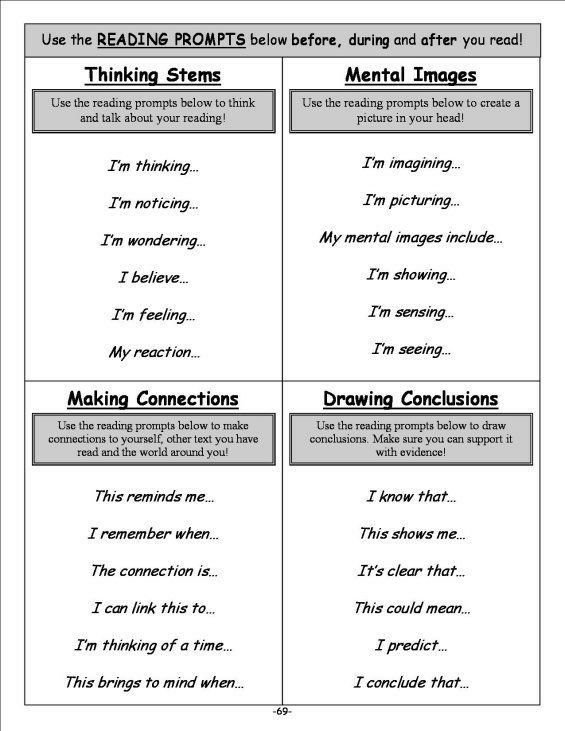 The world of the unconscious is full and dynamic. The journey toward wholeness requires bringing knowledge out of the darkness and into the light to be integrated into your conscious awareness. Dreams can really help you do that.
The world of the unconscious is full and dynamic. The journey toward wholeness requires bringing knowledge out of the darkness and into the light to be integrated into your conscious awareness. Dreams can really help you do that.
Be patient if you decide to begin working with your dreams. It takes time to learn the symbolic language of the unconscious and it requires a bit of study. By paying attention to your dreams, you are forming a relationship with your own soul/spirit/true self and therefore, tapping into the greatest source available for your own guidance and support.
What About the Voice in My Head?
Notice how I did not suggest that you prioritize listening to that voice that is always chattering in your head—that was deliberate. That voice is not the real you, therefore in order to connect with yourself, it’s not going to help much to listen to it. As you seek to go inward and connect deeply to the world within you, it’ll likely speak up to discourage and distract you.
It’ll tell you that it’s a waste of time to just sit and ‘be’, that you have more important things to do, that you’re being ridiculous. It’ll pipe up just as you’re about to do your morning self check-in and remind you that you have unread emails you never got to yesterday so you’ll be better off skipping time with yourself—just this once!—and getting caught up with those emails instead.
That voice represents the part of you that you’ve believed yourself to be your whole life. And it has a place—no doubt. But you’re about to discover all the hidden parts of you that you never knew were there, and that old part of you will be a little scared and feel a little threatened. So hear it, but don’t believe it. Instead, keep choosing to venture beyond that voice and the mind, and explore the other kinds of intelligences that are operating within you.
Remember, there is so much more to you than you are currently aware of. Go and discover yourself fully. Spend time daily in the inner realm.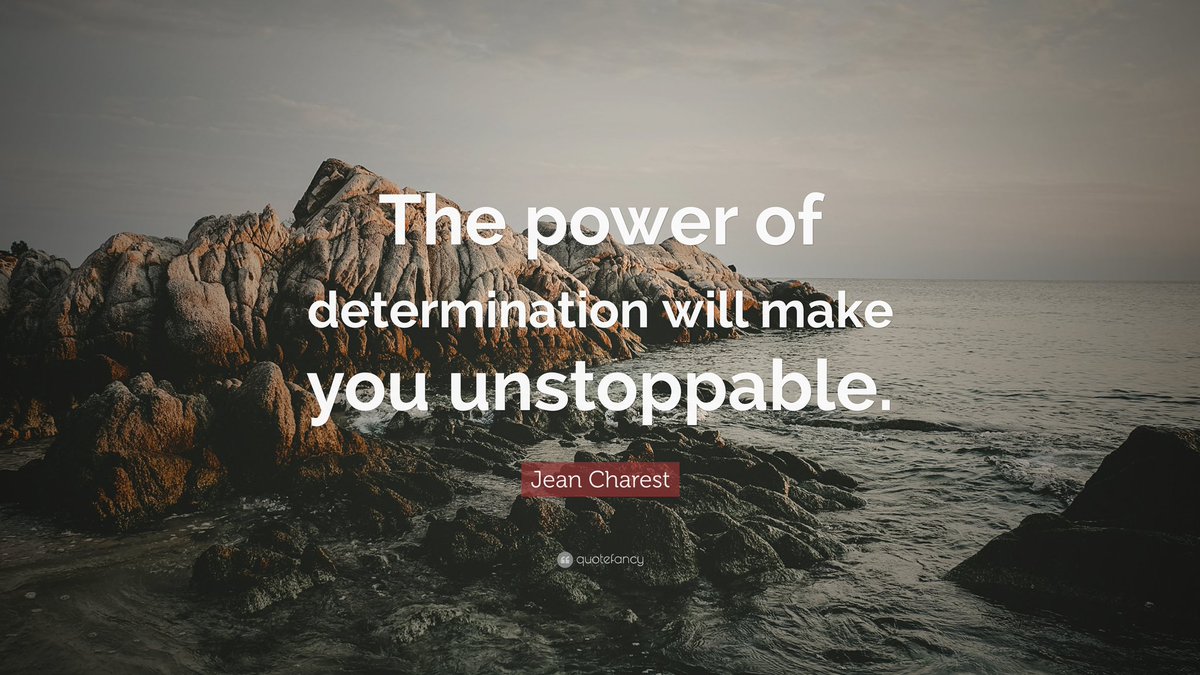 Clear away all that stands in between you and yourself. And realize who you truly are.
Clear away all that stands in between you and yourself. And realize who you truly are.
If you’re struggling with self-love and feeling disconnected from yourself, consider working with me in one-on-one online sessions. I’d love to help you build a healthy, strong, and loving relationship with yourself so that you can feel worthy and powerful every day. Life is short! Spend most of it being the true you and living a life that is truly your own.
Go deep, own your life.
XO,
Dara
Dara is a writer and President of Mud Coaching. She helps individuals and couples from all over world create the extraordinary relationships that they long for but don’t know how to build. Read more about Dara’s personal journey from dysfunctional and struggling in love to happily married and thriving here.
How to reconnect with yourself and live the life you desire
Mind & Meaning
6 ways to connect with who you really are – and what you really want
Posted by: Team Tony
It’s easier than ever to get lost in the day-to-day activities and stresses of the external world. Work, relationships, errands – our focus is almost always on anything and anyone but ourselves. For so many of us, it’s a constant effort to please others or be who we think we have to be in order to get the love, respect or appreciation we are after.
Work, relationships, errands – our focus is almost always on anything and anyone but ourselves. For so many of us, it’s a constant effort to please others or be who we think we have to be in order to get the love, respect or appreciation we are after.
The question we must all really be asking is how to reconnect with ourselves.
Living without discovering how to connect with yourself is a game of stress and frustration. Because it’s not what we get or how we are perceived that makes us happy. It’s who we become – how we live our lives and who we are as a person. People can take away all of the “things,” but no one can take away who you are. Falling in love with yourself is vital to living a fulfilling life.
Self-connection is not just something you “should” do, it’s something you “must” do. If you want to reconnect with yourself, your life is likely less than fulfilling right now. You might be stuck in an unfulfilling job. You might not feel supported in your relationship or friendships.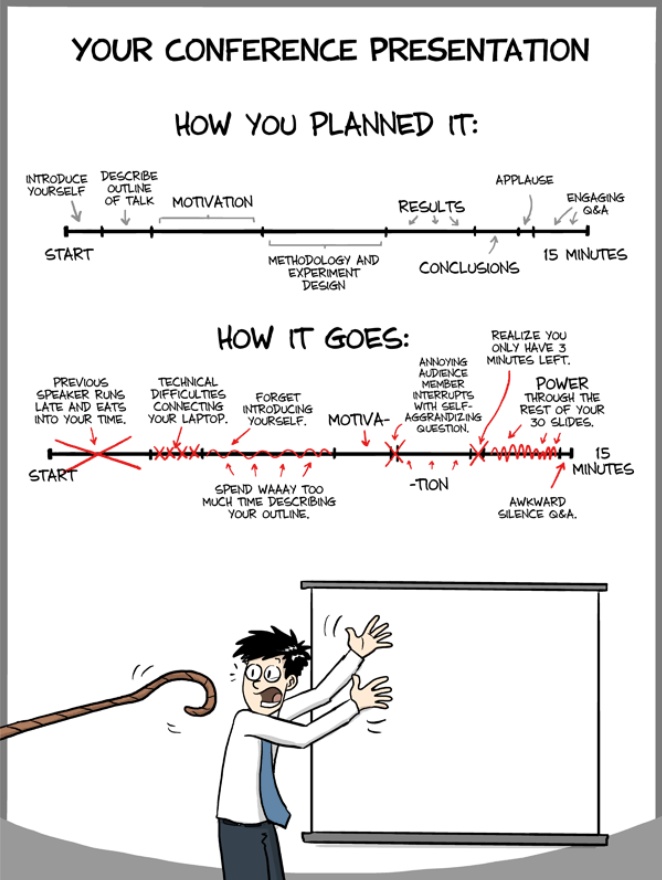 You could even be experiencing anxiety or depression. These are all symptoms that are telling you it’s time to discover how to reconnect with yourself.
You could even be experiencing anxiety or depression. These are all symptoms that are telling you it’s time to discover how to reconnect with yourself.
You don’t have to settle for less than you can be, share, give or create. Reconnecting with yourself gives you a chance to celebrate your gifts and understand what really drives you. When you know this, the more you can show up for others and the more you can add to the world around you. It’s time to determine what really drives you. What makes you feel the most alive. Your purpose in life.
Ask yourself: When am I the most happy? When I feel the most myself, what am I doing? How do I connect with myself when no one else is around? That’s your gift. Your essence. The key to how to reconnect with yourself.
Discovering your purpose isn’t always easy. Humans get stuck in disempowering patterns that trap us in a cycle of failure. We hold limiting beliefs about what we can and cannot achieve in life.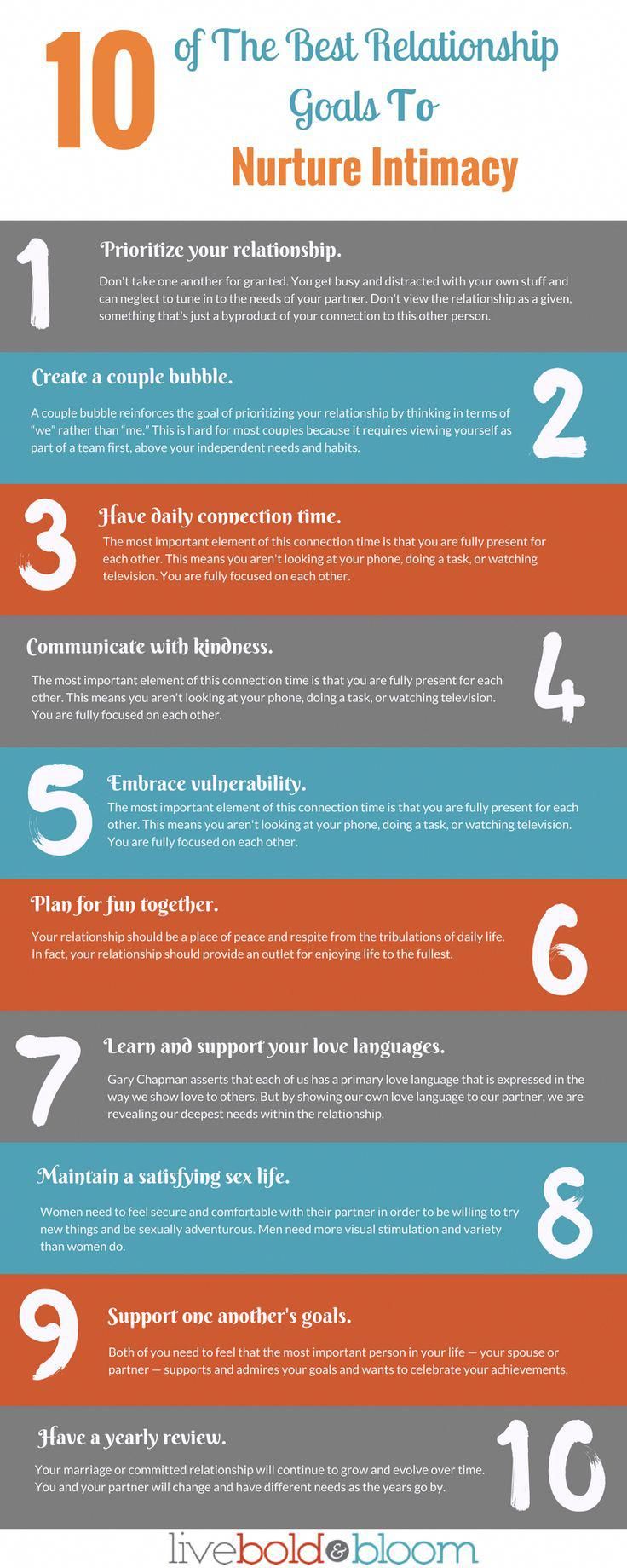 We follow a blueprint for happiness that we did not design, allowing society or our families to place expectations on us. We go after money, power and status without connecting it back to something larger – and that is how we fail.
We follow a blueprint for happiness that we did not design, allowing society or our families to place expectations on us. We go after money, power and status without connecting it back to something larger – and that is how we fail.
2.
Understand and meet your needsYour purpose is closely connected to the Six Human Needs: certainty, significance, variety, love/connection, growth or contribution. While every individual has all six of these needs, there is one for each person that is the most powerful. The one that drives our decisions and our behaviors – and that when met, makes us feel fulfilled.
If you crave contribution, your gift is likely connected to volunteering or doing good in the world. If you crave significance or connection, your purpose in life likely involves family and friends. Once you determine your top human need, you can begin to learn how to reconnect with yourself.
Don’t let your limiting beliefs make you think you don’t deserve to have your needs met.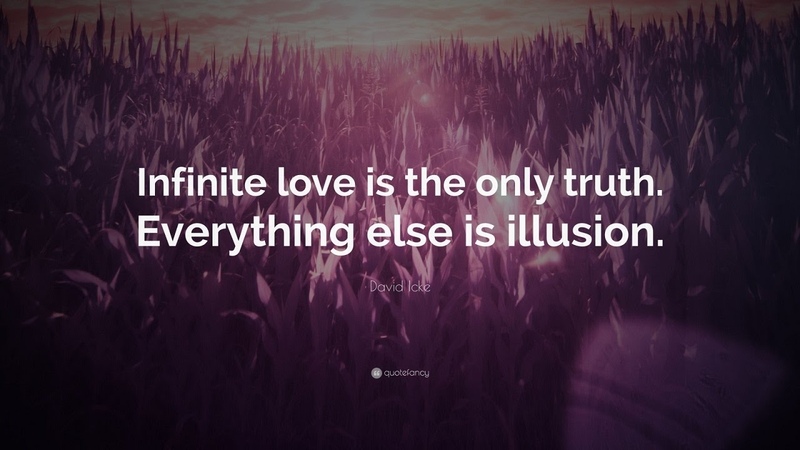 Stop constantly putting others before yourself, without filling your own cup first. Once you identify your needs, meet them. Take a timeout for self-care. Ask others for what you need. Being your best self allows you to give even more from a place of fulfillment.
Stop constantly putting others before yourself, without filling your own cup first. Once you identify your needs, meet them. Take a timeout for self-care. Ask others for what you need. Being your best self allows you to give even more from a place of fulfillment.
3.
Find your voiceWe tend to think of our voices in a functional capacity: used to communicate, to express ourselves, to entertain. But according to Edwin Coppard, renowned international voice coach and past speaker at Life Wealth Mastery, our voices also present a pathway to authentic self-connection.
As a child, Coppard contends, our voices were raw and unadulterated. They were loud, strong, and for all intents and purposes, there was no filter when we spoke. But as we grew up and began to internalize our surroundings and understand ourselves in the greater context, we began to suppress this natural voice in favor of a socialized mind voice.
This socialized mind voice disconnected us from the power and energy of our natural sound./how-to-introduce-yourself-in-an-email-2062812_final-5b63654b46e0fb0025839621.png) When we spoke, we were no longer representing the self, but rather reflecting ideals and personas that aligned with society.
When we spoke, we were no longer representing the self, but rather reflecting ideals and personas that aligned with society.
Coppard believes that through the power of song, we can step out of the way, allow the natural intelligence of our bodies to take over and rediscover the beauty of the “wild voice.” Through your voice, you can get in touch with your inner child and begin to learn how to connect with yourself. So put on your favorite song and sing along. Create a new song all your own. Learn an instrument. As Coppard explains in the video below, music will wake you up to your true self.
4.Reconnect with yourself physicallyDance is one of the ultimate means of self-expression. But did you know that it can also help answer the question of how to reconnect with yourself. That’s what the 5 Rhythms is all about.
Created and developed by Gabrielle Roth in the late 1970s, 5 Rhythms is essentially a dance and movement meditation practice. Based on the idea that dynamic movement can facilitate self-actualization, Roth maintained that putting the body in motion can release the heart, free the mind and allow the student to connect to the true essence of the soul, which is the source of inspiration in which an individual has unlimited creativity and potential.
Based on the idea that dynamic movement can facilitate self-actualization, Roth maintained that putting the body in motion can release the heart, free the mind and allow the student to connect to the true essence of the soul, which is the source of inspiration in which an individual has unlimited creativity and potential.
The five rhythms – flowing, staccato, chaos, lyrical and stillness – are not sonic rhythms in the sense of drums or beats, but experiential rhythms that describe mental and emotional landscapes. That is, they are more like states of being. Each rhythm is interpreted by the student in his or her own unique way, and each is meant to help guide the student to move more mindfully, unpredictably and creatively. When practiced in sequence, these rhythms form a “wave” that allows the student to deepen his or her understanding of his or her natural truth and ground the mind by connecting back to the body.
5. Start a journalLike music, singing and the power of rhythm and dancing, writing can also play a role in self-connection. Writing about the way your events and experiences made you feel can help you identify and accept your emotions. Writing down your thoughts about current events or what happened to you that day can help you clarify your opinions. Writing down your ideas can make them stronger. As American author Flannery O’Connor said, “I write to discover what I know.” You can use it to discover what you know about yourself.
Writing about the way your events and experiences made you feel can help you identify and accept your emotions. Writing down your thoughts about current events or what happened to you that day can help you clarify your opinions. Writing down your ideas can make them stronger. As American author Flannery O’Connor said, “I write to discover what I know.” You can use it to discover what you know about yourself.
The benefits of journaling go beyond how to connect with yourself. It can help you ease anxiety, improve your memory and transform your mindset. It can help you focus on the positive. It can even help you achieve your goals.
Starting a journal is as easy as gaining confidence and grabbing a pen and a journal – but it takes commitment to build any new habit. Set time aside each day to write, even if it’s only for five minutes. You can start by recording the day’s events and how you felt about them, writing down things you’re grateful for or using a pre-made journal, like the Five Minute Journal.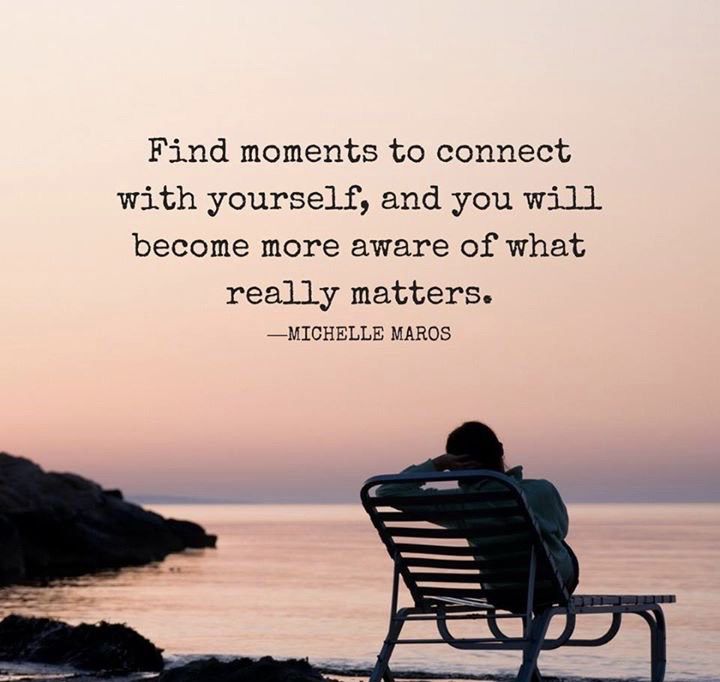 Anything that prompts reflection can help with self-connection.
Anything that prompts reflection can help with self-connection.
The difference in the quality of people’s lives often comes down to the quality of the questions they consistently ask themselves. If you ask a disempowering question, such as “Why does this always happen to me?” your mental computer will look for an answer. To answer the question, your subconscious may even make something up, such as “Because you aren’t good enough” or “Because you are not smart enough.”
This negative self-talk will only prevent you from uncovering how to reconnect with yourself. But if you start asking yourself empowering questions, such as “How can I use this experience to appreciate myself more?” your brain will look for answers to this question and often come up with an answer that not only makes you feel better, but allows you to celebrate and reconnect with your true self.
This is why making the shift toward quality questions is so important. Because quality questions create a quality life. They direct our mental focus and ultimately determine how we think and feel. The key is to develop a pattern of questions that empower your true nature. For example, focus on quality questions such as:
Because quality questions create a quality life. They direct our mental focus and ultimately determine how we think and feel. The key is to develop a pattern of questions that empower your true nature. For example, focus on quality questions such as:
• What am I most happy about in my life now?
• What am I most excited about in my life now?
• What am I most proud about in my life now?
• What am I most grateful about in my life now?
• What am I enjoying most in my life right now?
• What am I committed to in my life right now?
• Who do I love?
By making quality questions part of your daily ritual, you will be able to access your most empowering emotional states. And over time, as you consistently practice doing so, you will be able to create mental highways to happiness, excitement, pride, gratitude, joy, commitment and love — which is who you are at your core.
Header image © AndreyYurlov/Shutterstock
Team Tony
Team Tony cultivates, curates and shares Tony Robbins’ stories and core principles, to help others achieve an extraordinary life.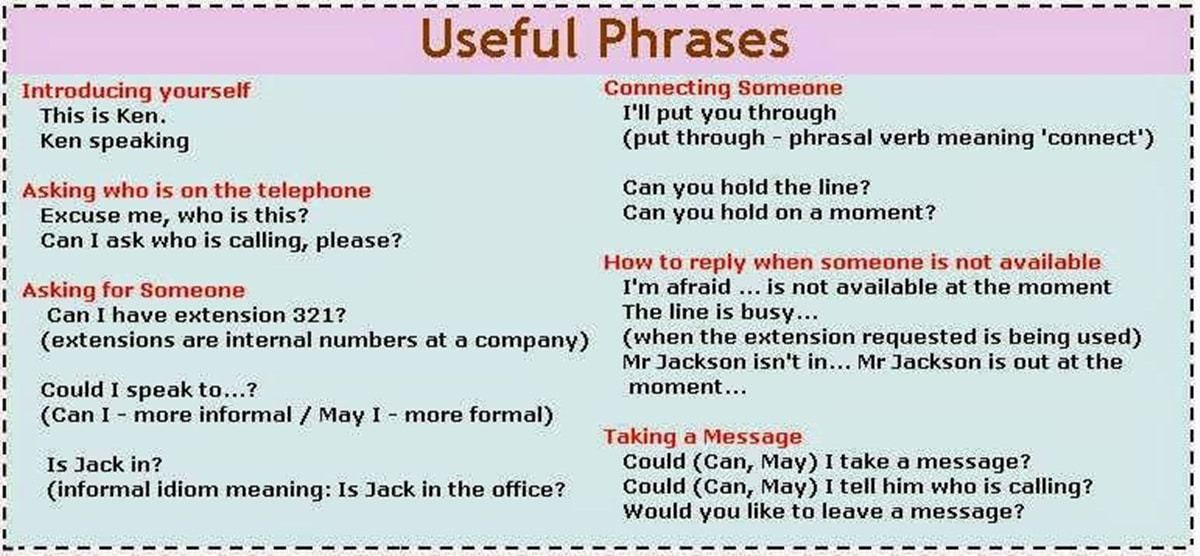
featured collections
related posts
close
Join Our Newsletter!
close
Get a Free Results Coaching Session
Want to achieve real results NOW? Fill in the form below to schedule your FREE 30-minute session with your Tony Robbins Results Coaching Strategist.
By entering your information on the Tony Robbins website, you agree that we may collect and use your personal information for marketing, and for other purposes, as set forth in our Privacy Policy, which we encourage you to review.
This website uses cookies to personalize your experience and target advertising.. By continuing to use our website, you accept the terms of our updated policies
experts warned about the dangers of open points Wi-Fi
Central Office
+7 (812) 677-20-50
Technical support
8 (800) 700-09-87
-
O Companies
-
On company
- On GazinformService company
- license and certificates
- dealers
- Contacts
- Career in the company
-
Decisions and services
-
Solution 9000
- Personal data protection Comprehensive monitoring of complex technical facilities
- GosSOPKA corporate center
- Electronic legally significant document flow
-
Services
- Certification of Informatization objects
- Technical support
- Consulting in the field of IB
- Testing for penetration
- Carde
- Certification of information protection funds
- (TTS)
Support
- Contact technical support
- Download Center
- Purchase Technical Support
- Test CA
- Activate Technical Support
Information security experts said that connecting to public Wi-Fi hotspots can be dangerous for users.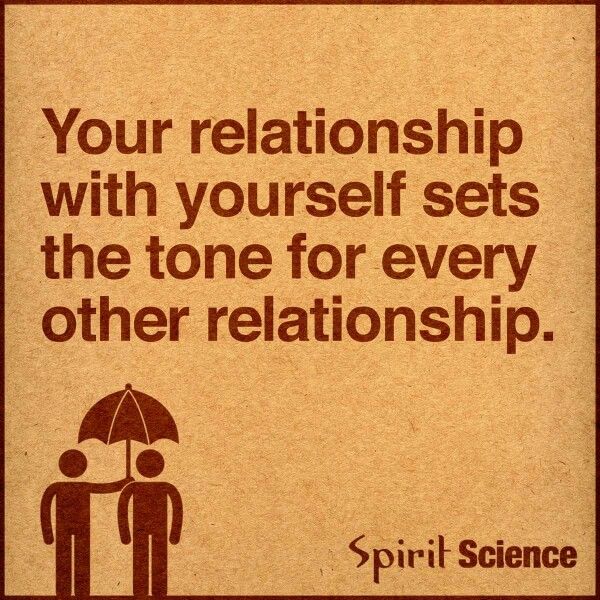 Experts believe that data transmitted through open networks is easier to intercept and decrypt, it can even be about logins and passwords for accessing bank clients. By connecting to open Wi-Fi networks, users, in fact, give away data about their traffic to strangers - administrators of unverified networks. Traffic monitoring and filtering allow you to track the entire sequence of human actions.
Experts believe that data transmitted through open networks is easier to intercept and decrypt, it can even be about logins and passwords for accessing bank clients. By connecting to open Wi-Fi networks, users, in fact, give away data about their traffic to strangers - administrators of unverified networks. Traffic monitoring and filtering allow you to track the entire sequence of human actions.
Not everyone likes it when you have to go through authorization when connecting to free internet. However, it is the user registration system on the network that is a sign that a public Wi-Fi point is legal.
Head of the Infrastructure IT Protection Group at Gazinformservice Sergey Polunin spoke about the risks of connecting to open and free Wi-Fi networks:
— The main problem with such networks is that you do not fully control privacy communication in such a network. If the site or messenger that you decide to use does not provide an adequate level of security by itself, then your communication can become the property of all clients connected to this network.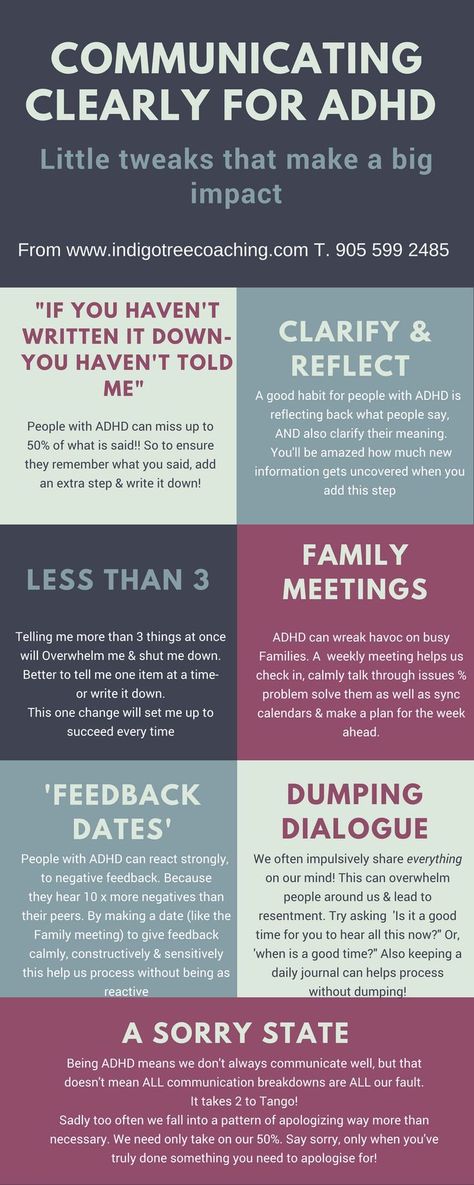 Of course, there are mechanisms that ensure the safety of work even in such cases, but the user himself must take care of all of them.
Of course, there are mechanisms that ensure the safety of work even in such cases, but the user himself must take care of all of them.
Any open network is a potential threat. Because you never know exactly how it is arranged, how it is protected and who serves it. I recommend using mobile internet from a cellular operator wherever possible. The quality of communication is quite high, and the risks are noticeably less.
News in the media
Comment in the media
Comment in the media
Comment in the media
Comment in the media
Comment in the media
Download speaker photo
Wi-Fi is disabled in Windows 10. Wi-Fi connection drops off on a laptop
If Wi-Fi still works after installing, reinstalling, or upgrading to Windows 10, then it does not always work stably. And it often happens when the Wi-Fi connection in Windows 10 just turns off. For example, when the connection to Wi-Fi lasts for several minutes, and just breaks.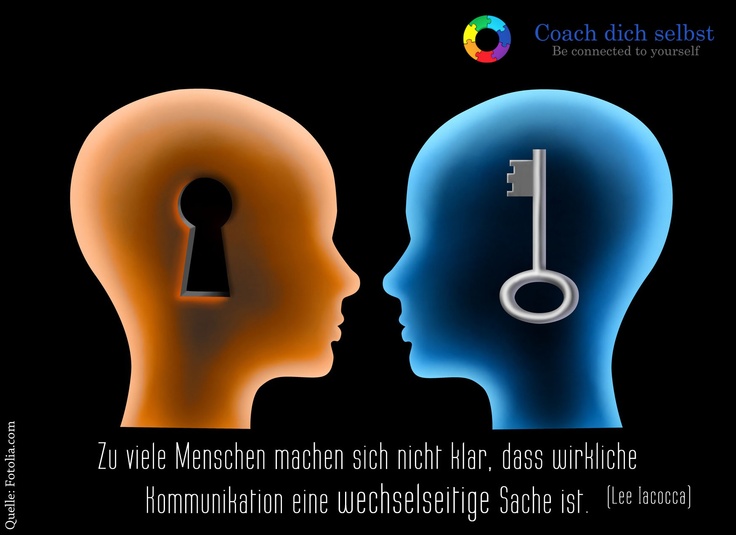 Or you lose connection at the moment of some kind of load: online game, torrent, video viewing, etc.
Or you lose connection at the moment of some kind of load: online game, torrent, video viewing, etc.
This article will focus specifically on the problem of unstable Wi-Fi network operation in Windows 10, when the connection keeps dropping out and you have to reconnect your laptop to the wireless Wi-Fi network. If you can’t connect to a wireless network at all, then you might find the article on how to turn on Wi-Fi in Windows 10 when there is no Wi-Fi button useful. Or a universal article with a solution to almost all problems, and an answer to the question of what to do if Wi-Fi does not work on a laptop.
An important point: if you observe an unstable Wi-Fi connection on all devices, then the problem is most likely in the router. In this case, the tips from the article Wi-Fi is unstable may come in handy. Why is the Internet cut off through a Wi-Fi router?
As for Windows 10, there are enough problems with Wi-Fi. And as a rule, they are all caused by the lack of drivers.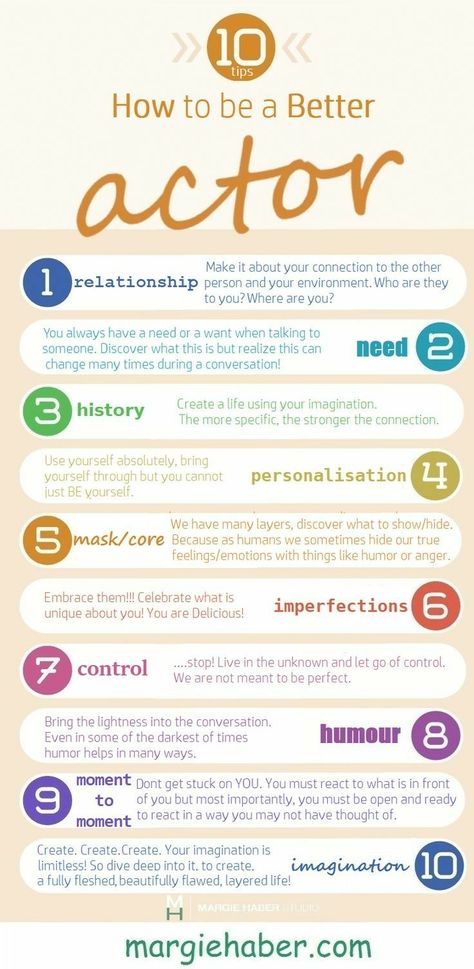 More precisely, stable and working drivers. Of course, it is not uncommon for the "ten" itself, the access point, or something else to be blamed. If the problem is with the lack of access to the Internet, when the “Connection is limited” error, then in this case it is at least still clear why the error may occur and how to solve it. But when the Internet works for several minutes after connecting, and the Wi-Fi connection periodically breaks, the laptop generally disconnects from the Wi-Fi network, or goes into the "no access to the Internet" status, then it's much more difficult here. In this case, it is not clear why this happens, not to mention the solutions.
More precisely, stable and working drivers. Of course, it is not uncommon for the "ten" itself, the access point, or something else to be blamed. If the problem is with the lack of access to the Internet, when the “Connection is limited” error, then in this case it is at least still clear why the error may occur and how to solve it. But when the Internet works for several minutes after connecting, and the Wi-Fi connection periodically breaks, the laptop generally disconnects from the Wi-Fi network, or goes into the "no access to the Internet" status, then it's much more difficult here. In this case, it is not clear why this happens, not to mention the solutions.
It is in this article that we will try to collect recommendations that will help establish a stable Wi-Fi network in Windows 10.
The solution, which I will write about below, was shared by Alexander in the comments to one of the articles on this site. His Wi-Fi fell off in games, on an Acer laptop. In the same place in the comments, Pavel checked this method, and his wireless connection seemed to start working stably, and stopped breaking off.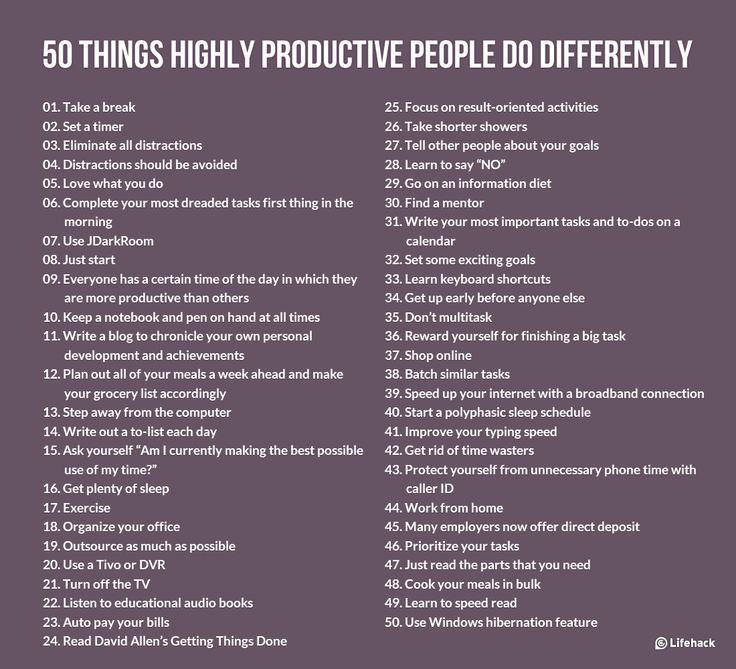
This comment is:
You need to check the box next to "Connect even if the network does not broadcast its name (SSID)" in the properties of your network. It was this setting that helped solve the problem with interruptions in the Internet connection.
Go to "Network and Sharing Center".
Update: Newer versions of Windows 10 (post-upgrade) open Network Sharing Center differently. Info here: Where did Network and Sharing Center go in Windows 10.
Next, click on your Wi-Fi network. It looks something like this:
In the new window, click on the "Wireless Properties" button. Check the box next to "Connect even if the network is not broadcasting its own name (SSID)", and click "Ok".
After these steps, restart the laptop. It is possible that the wireless network will work stably after that, and the Wi-Fi connection will not be disconnected.
If the problem persists, you can try updating, reinstalling, rolling back, or uninstalling the Wi-Fi adapter driver.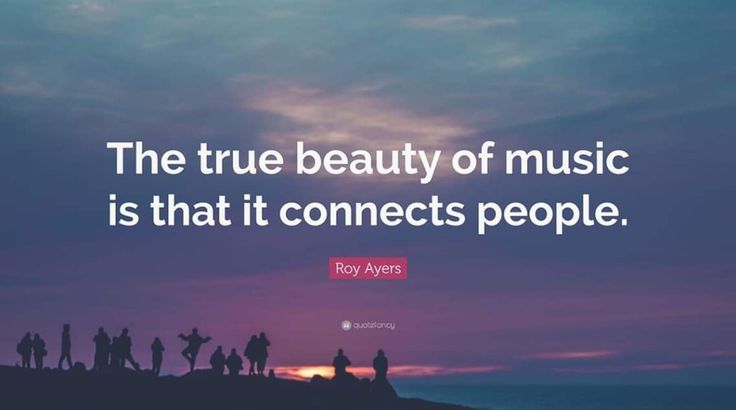 We have a separate article on this topic: https://help-wifi.com/reshenie-problem-i-oshibok/reshenie-problem-s-drajverom-besprovodnogo-wi-fi-adaptera-v-windows-10/
We have a separate article on this topic: https://help-wifi.com/reshenie-problem-i-oshibok/reshenie-problem-s-drajverom-besprovodnogo-wi-fi-adaptera-v-windows-10/
Update: try disabling the Wi-Fi adapter to save power and set it to maximum performance. Instructions: https://help-wifi.com/raznye-sovety-dlya-windows/nastrojka-elektropitaniya-adaptera-besprovodnoj-seti/
Update: in the comments have already shared a solution several times that helped fix the problem with unstable Wi-Fi connection in Windows 10.
Disable Microsoft Wi-Fi Direct Virtual Adapter and/or Microsoft Hosted Network Virtual Adapter (if present) in Device Manager. These adapters are needed to distribute Wi-Fi from a computer. If you do not use this feature, you can disable them.
After disconnecting, you need to restart your computer.
Read more in the article: Microsoft Wi-Fi Direct Virtual Adapter: what is it, driver, how to enable, disable, remove?
Update: Turn off Windows Defender.